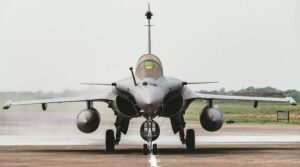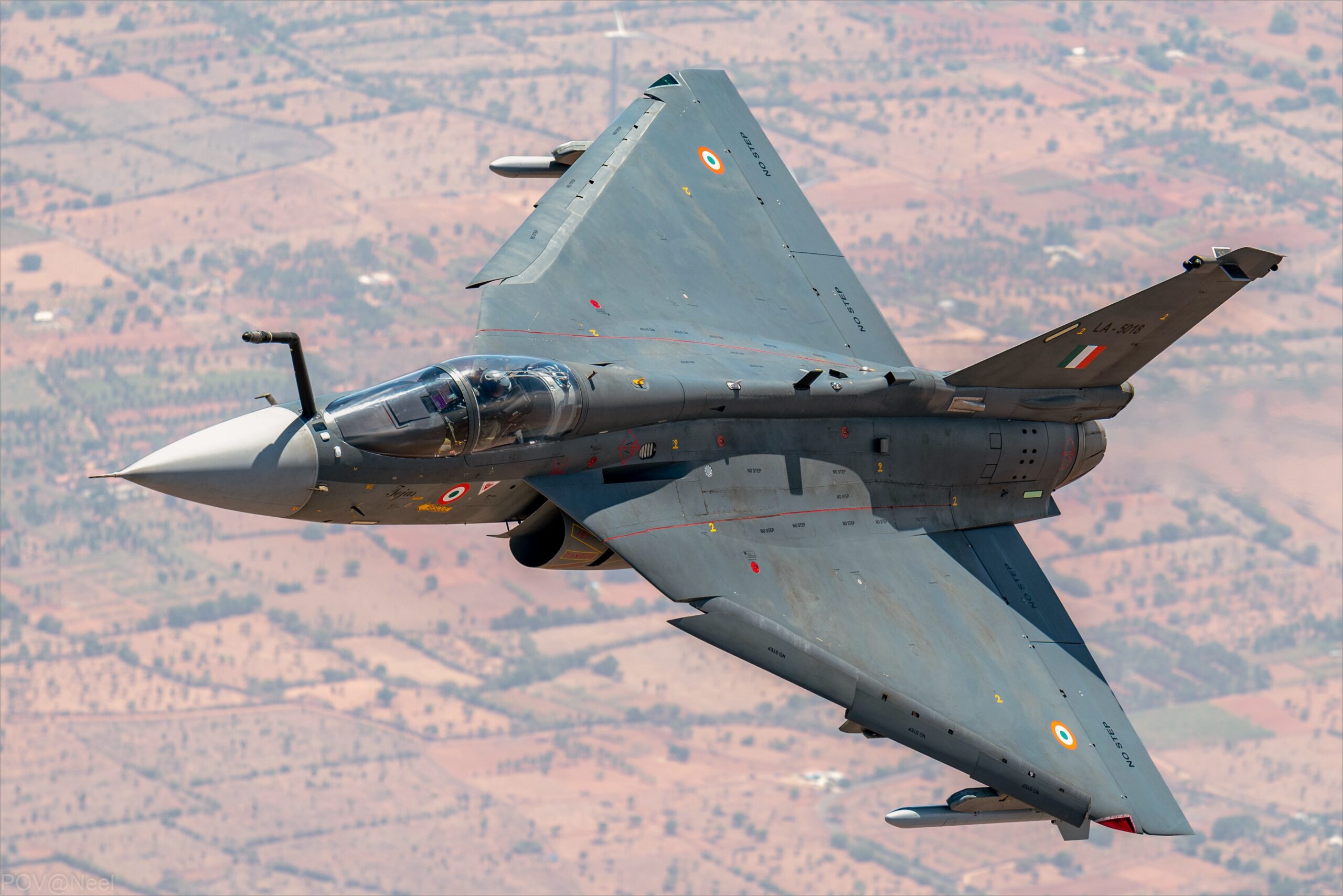Tejas Mark 2’s Delayed Takeoff Leaves IAF Short of Squadrons
The Indian Air Force (IAF) faces a formidable challenge in realizing its dream of 42 fighter squadrons, crucial for safeguarding the nation’s airspace. A key cog in this plan was the indigenous Light Combat Aircraft (LCA) Tejas Mark 2, envisioned as a potent, domestically-built fighter to bridge the squadron gap. However, delays in the Mark 2 program have cast a long shadow on the IAF’s ambitious roadmap, prompting renewed focus on the Multi-Role Combat Aircraft (MRCA) option.
Tejas Mark 2: Stalled Engines, Dimming Hopes:
Initially slated for first flight in 2023, the Tejas Mark 2 prototype rollout has been pushed back to December 2024. This delay, attributed to challenges in engine selection and integration, technical complexities, and budgetary constraints, has thrown the IAF’s timeline into disarray. With the Mark 2’s operationalization now unlikely before the late 2030s, the hope of relying solely on indigenous fighters to fill the squadron gap has dwindled.
Consequences of Delay:
The Tejas Mark 2 delay has several ramifications for the IAF:
- Squadron Strength Shortfall: With existing aircraft aging and retiring, the IAF currently stands at around 32 squadrons, significantly below the desired strength. The Mark 2 delay exacerbates this gap, leaving the IAF vulnerable to potential aerial threats.
- Operational Burden on Legacy Aircraft: To compensate for the missing squadrons, the IAF is forced to overutilize its older aircraft, leading to increased maintenance costs and reduced readiness. This can compromise long-term operational effectiveness.
- Dependence on Foreign Imports: The delay puts the onus back on foreign imports, potentially negating the cost and technology transfer benefits hoped for from the Tejas Mark 2 program.

MRCA: Back to the Drawing Board?
The Tejas Mark 2 delay underscores the IAF’s reliance on the MRCA project for supplementing its fighter fleet. The MMRCA 2.0 tender, currently in the works, seeks to acquire 114 multi-role fighters, offering a crucial lifeline to the IAF’s squadron strength aspirations. However, the MRCA also has its own challenges:
- Geopolitical Tensions: India’s complex geopolitical landscape makes choosing an MRCA vendor a delicate balancing act. Balancing strategic alliances, technology transfer considerations, and cost effectiveness will be crucial.
- Domestic Capabilities: The MRCA acquisition might overshadow indigenous programs like the Tejas and the Advanced Medium Combat Aircraft (AMCA). Striking a balance between immediate needs and long-term indigenous fighter development is critical.
The Road Ahead: A Balancing Act
The Tejas Mark 2 delay presents a complex challenge for the IAF. While expediting the Mark 2 program remains essential for long-term goals, the urgent need for fighter jets necessitates a swift and efficient MRCA procurement. The key lies in navigating this challenge efficiently:
- Accelerating Tejas Mark 2: Streamlining procurement processes, addressing technical bottlenecks, and ensuring adequate funding are crucial to expedite the program’s progress.
- MRCA: Choosing Wisely: A transparent and objective selection process, informed by strategic priorities, operational needs, and cost-effectiveness, is vital to choose the right MRCA partner.
- Fostering Indigenous Programs: Continued investment in indigenous fighter development like the AMCA alongside imported solutions is essential to ensure long-term airpower autonomy.
The Tejas Mark 2 delay presents a temporary setback, but it shouldn’t deter the IAF’s pursuit of a robust and self-reliant air force. By effectively navigating the MRCA selection and accelerating indigenous programs, the IAF can ensure its skies remain safe and secure, even as it navigates the uncertainties of delayed dreams.
